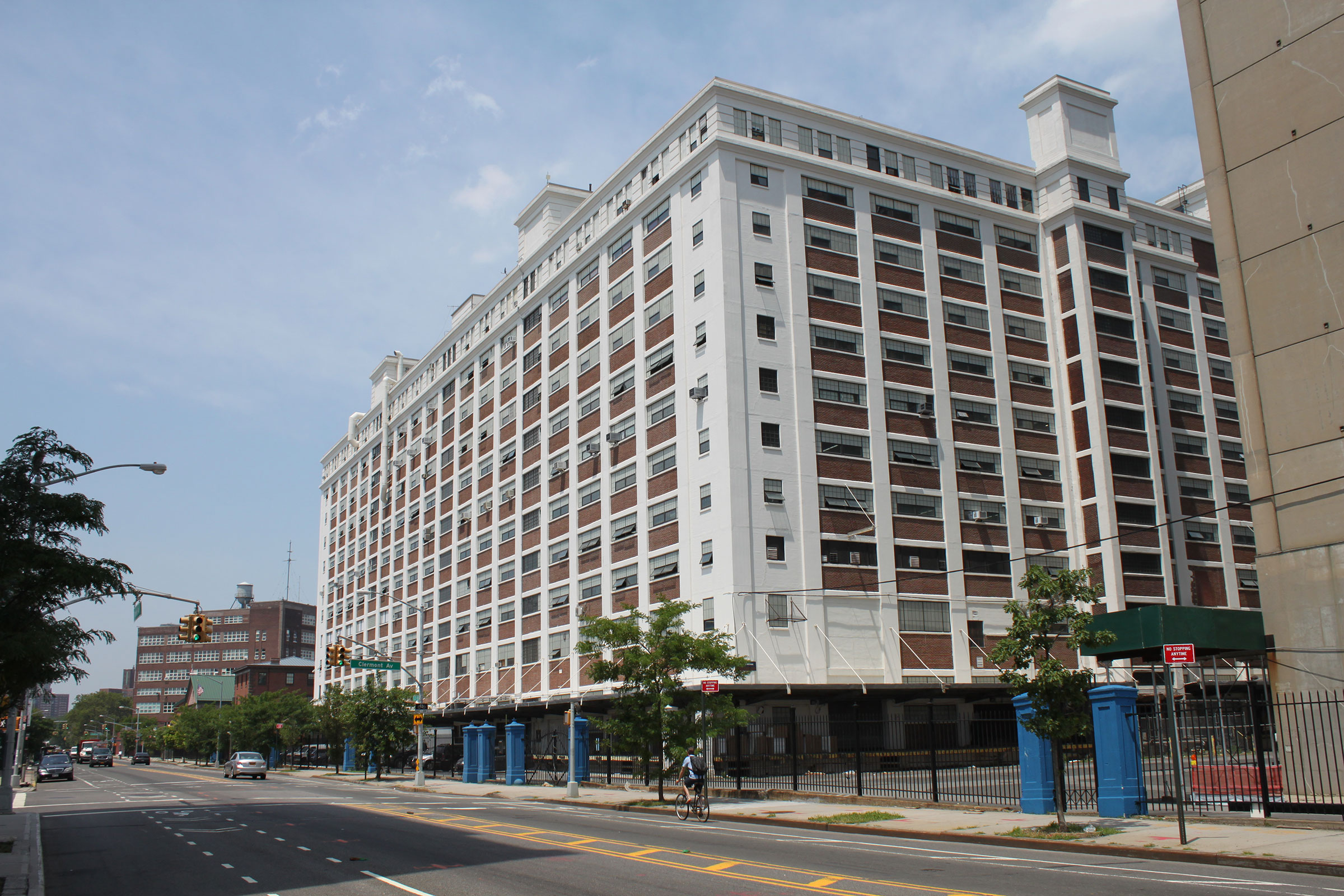
The Research Yard, located at Brooklyn Navy Yard, is Pratt Institute’s dedicated space for applied creative research, bringing together students, professors, and industry practitioners to discover new approaches to address today’s complex challenges. With a focus on communities, industries, and the environment, the Research Yard enables practitioners and students alike to explore academic models, including digital and applied research that would allow for productive outcomes in areas relating to data visualizations, prototyping or materials production.
The 20,000 square foot research and fabrication facility expands on the Institute’s ongoing relationship with the Brooklyn Navy Yard, once an historic shipyard and now a dynamic hub for technology, design, manufacturing, and interdisciplinary innovation in New York City.
“Building this advanced creative research facility just blocks from the Pratt campus and alongside the businesses and entrepreneurs at the Brooklyn Navy Yard is crucial for New York City and especially for the borough of Brooklyn,” said Pratt Institute President Frances Bronet.
Pratt initially conceived of the Research Yard in 2018, and opened its doors in 2022. The open-plan space includes shared fabrication and technology labs, offices, and conference rooms. Our Provost’s Centers and Research Accelerators have their own dedicated spaces in the Research Yard, bringing researchers working in information visualization, community development, climate adaptation, design incubation, and digital archaeology together under one roof. In addition to contributions from Pratt, the Brooklyn Navy Yard, and the New York City Council, the Brooklyn Borough President’s Office and Dormitory Authority of the State of New York (DASNY) contributed financial resources for the realization of this ambitious facility.
Research Yard Location: Building 3, Floor 7, 63 Flushing Ave, Brooklyn, NY 11205
List of Accelerators and Centers at the Research Yard
While research at Pratt is carried out across the institute, the Research Yard is a facility that serves as a resource to the Pratt community and currently houses the Research Accelerators and Provost’s Centers.
Provost’s Centers
- Pratt Center for Community Development
- Center for Climate Adaptation
- Spatial Analysis & Visualization Initiative (SAVI) Center
Research Accelerators
- Decarbonization Group
- Creative Exchange
- Design Clinic
- Laboratory for Integrated Archaeological Visualization and Heritage (LIAVH)
- STEAMplant
- Future of Jewelry
- Mindfulness Collaboratory
- Housing Futures
- AquaSteady